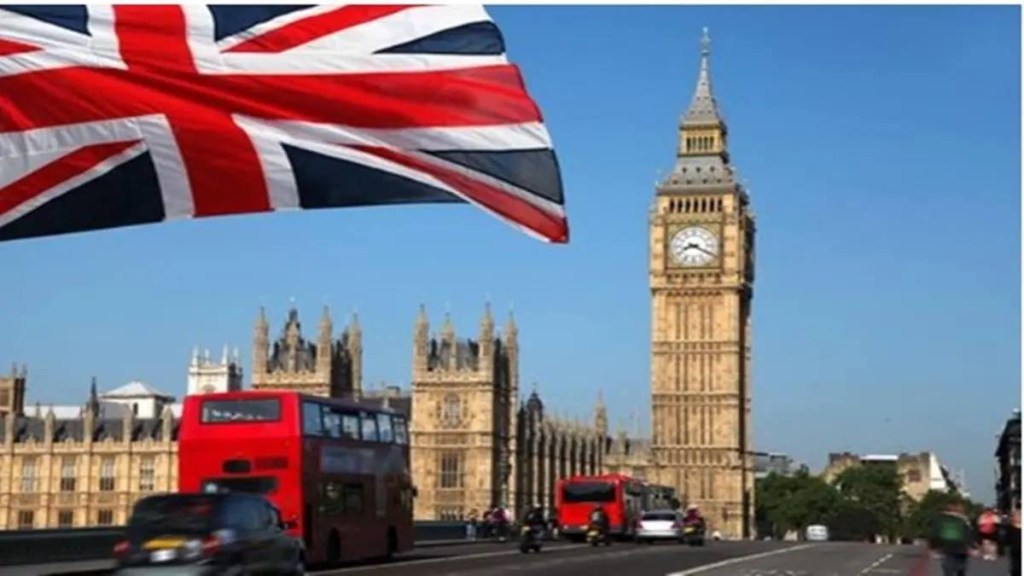By Yash Dubal
Indians who have followed the UK media over the past year could be forgiven for thinking they are not welcome there anymore. Immigration has been a hot political topic, with the ruling UK Conservative Party vowing to slash the number of people allowed into Britain to work and study.
With a general election due to be held at some stage next year, the government is doing all it can to win votes, and as high immigration is an issue that a significant number of Conservative voters are concerned about, the party needs to be seen to be tough on migration.
This is particularly true for illegal immigration, where a range of policies have been introduced to stop the thousands of illegal immigrants who enter the UK undocumented each year by crossing the English Channel from France on small inflatable boats. Under the new laws, they face being sent to third-party countries such as Rwanda for processing and may not be allowed to apply for asylum as refugees.
The situation regarding legal migration is much more nuanced, however, because although the Government, led by Rishi Sunak, the son of Indian migrants, is committed to reducing net migration, the UK economy is still dependent on a migrant workforce.
The points-based immigration system through which Indians can apply to work in the UK is generous for the right type of skilled worker. It became even more generous when care workers became eligible for a UK work visa under the Skilled Worker route last February.
The reason for this liberal immigration system is simple. Like the rest of the developed world, Britain needs skilled workers to ensure it remains internationally competitive and it doesn’t produce enough of its own.
It also has pretensions to be an AI and digital superpower. In the same way that nations jostle to secure mineral and energy resources, they also compete to secure human resources. So far Britain has done well in the global race to attract talent. London remains a draw for many looking to locate to an exciting global city, as does the UK’s school system. But other countries are in the race too. Australia, Germany, the USA and Canada are also hotspots for tech workers.
Historically Britain has been a popular destination for Indians due to the historical and cultural links between the nations, often described as a ‘living bridge’.
In recent decades, however, Canada has worked its way up the ranks of favoured emigration destinations for Indians. Unlike Britain, the Canadian government has been vocal in its desire to attract more people.
Last year, Canada unveiled a goal to welcome 465,000 new permanent residents in 2023, 485,000 in 2024, and 500,000 in 2025. The country has built a reputation for welcoming immigrants and valuing multiculturalism. Foreign-born people make up about one-quarter of Canada’s population.
Immigration has helped counter an aging demographic and boosted economic growth. Most of the newcomers who do arrive through controlled channels are educated and skilled.
Unlike in the UK, immigration has historically been a popular policy, bucking the trend in other Western democracies. Indeed, Canada became an even more desirable destination following the election of President Donald Trump and the roll out of his restrictive anti-migration policies. The possibility of another Trump term, added to a US visa system which appears designed to deter rather than attract workers, is doing little to entice skilled workers away from other more welcoming destinations.
Canada also has a large Indian diaspora. It is home to nearly 1.4 million people of Indian ethnic or cultural origin, who make up around 3.7% of the nation’s total population. Between 2004 and 2012 the number of Indian migrants to Canada remained stable at between 27,000 and 36,000.
But the number of Indians obtaining permanent residency in Canada surged by 260% from 2013 to 2022, according to a National Foundation for American Policy (NFAP) analysis of Immigration, Refugees and Citizenship Canada data.
In 2022, 118,095 Indians immigrated to Canada, more than any other nationality. The next biggest country of origin was China at 31,815, followed by Afghanistan at 23,735 and Nigeria at 22,085.
In the UK, Indians also made up the majority group of visa holders last year while 16,819 were also granted British citizenship. Both the UK and Canada have been very much in competition for Indian skilled labour in recent years.
This landscape may shift, however, due to the recent diplomatic stand-off between Canada and India. As tensions rise, India has temporarily halted visa issuance to Canadian citizens. Should Canada reciprocate, years of increasing integration between the two nations could begin to deteriorate.
While it would be wrong for any government to exploit this unfortunate situation, it is clear that in the race to attract Indian workers, any barriers to entry raised in one part of the world will benefit another. Canada’s loss could become Britain’s gain. But the issue in the months to come will be whether the UK government is prepared to tone down its anti-immigration rhetoric and let skilled Indians know that they are welcome.
(The Author is the Director and a Senior Immigration Associate at A Y & J Solicitors, London, United Kingdom and the views expressed are his own.)
